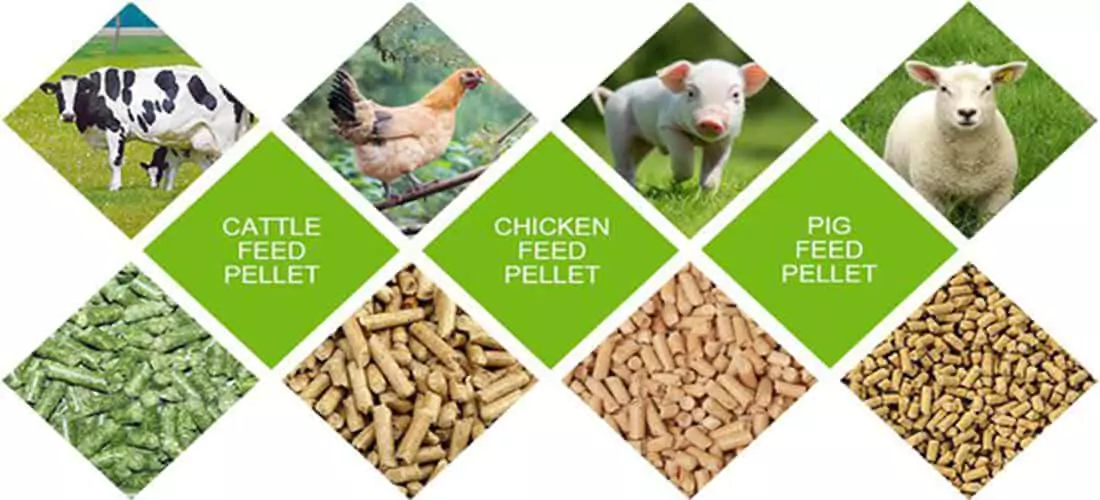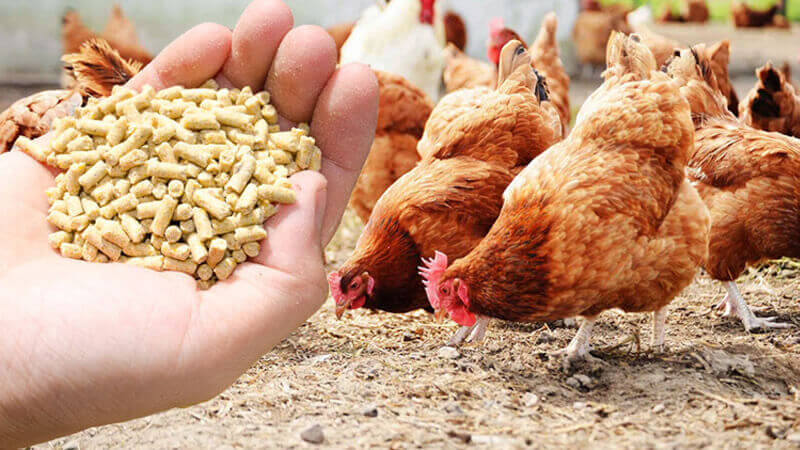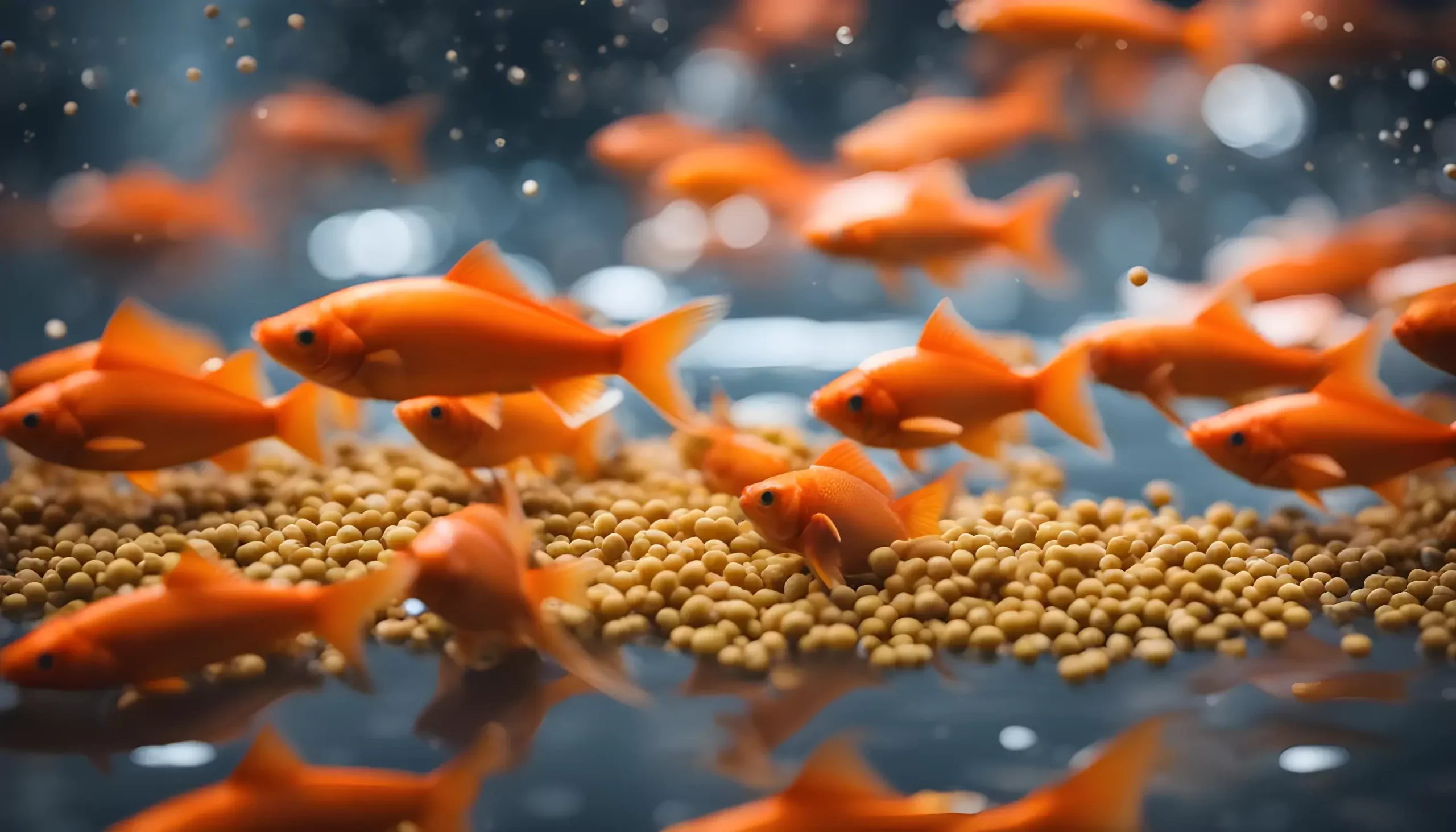Brief Introduction
You want to make good feed. The kind of feed that results in hard, solid pellets that your animals love to eat.
The secret to doing this is getting the temperature right. But it’s not just one simple number. It’s a skill. If you get the feed too hot, you can burn away the good nutrients. If it’s too cold, your pellets will just crumble into dust.
This guide will walk you through it. I’ll explain why temperature is so critical. Then, I’ll give you the real-world numbers you need to make great feed for your specific animals.
A General Temperature Range
Let’s get straight to the point. For most common animal feeds, you want the conditioning temperature to be between 65°C and 95°C (150°F to 205°F).
But you don’t just set this on a dial. This temperature is what you get when you add hot steam to your feed mash. This happens in a key step called conditioning, right before the feed goes into the pellet mill.
It helps to think about two different temperatures:
- Conditioning Temperature: This is the heat you add before pelleting. This is where you have the most control.
- Pelleting Temperature: This is the heat that gets created by pure friction as the feed is forced through the holes in the pellet die.

Why Temperature Is the Most Important Factor in Pelleting
Getting the temperature right does three very important things for your feed. It’s what separates poor-quality feed from great feed.
It Cooks the Feed for Better Digestion
The heat and moisture from the steam actually cook the starches in the grain. Think of it like cooking rice. Raw rice is hard and difficult to eat. But when you cook it, it becomes soft and easy to digest. The same thing happens with your feed. This cooking process is called starch gelatinization. It helps your animals get much more energy and nutrition from every bite.
It Kills Harmful Bacteria
This is about safety. Bringing the feed up to the right temperature is one of the best ways to kill nasty bacteria like Salmonella and E. coli. This means your animals stay healthier, and you can have peace of mind knowing your feed is safe.
It Makes Stronger, More Durable Pellets
When you cook the starch, it becomes sticky. It acts like a natural glue that binds all the tiny feed particles together. This is what gives you a hard, durable pellet that doesn’t break apart in the bag or the feeder. You end up with less wasted feed, which saves you money.

Different Animals, Different Temperatures: Key Guidelines
You can’t use the same temperature for every animal. Each type of feed has its own sweet spot. Here are the practical guidelines you should follow.
For Poultry Feed (Chickens, Ducks)
- Recommended Temperature: 80°C – 90°C
- The Reason Why: This range is hot enough to kill the bacteria that can make birds sick. It also does a great job of cooking the corn and soy that are usually in poultry feed, making it easy for them to digest.
For Swine Feed (Pigs)
- Recommended Temperature: 75°C – 85°C
- The Reason Why: Just like with poultry, this temperature makes the feed safe and digestible. It’s just a little bit lower to help protect some of the special amino acids that are very important for a pig’s growth.
For Aquafeed (Floating Fish Feed)
- Recommended Temperature: 110°C – 140°C (inside an extruder)
- The Reason Why: This is a completely different process. To make feed that floats, you have to use a machine called an extruder. It uses extremely high heat and pressure to flash-cook the feed, which makes it expand and become buoyant.
For Ruminant Feed (Cattle, Sheep)
- Recommended Temperature: 65°C – 75°C
- The Reason Why: The temperature is often kept lower for cattle feed. This is done to protect ingredients like urea or special bypass proteins that can be damaged by high heat.
Common Problems and Their Temperature Solutions
If you’ve ever run a pellet mill, you’ve seen these problems. Here’s what’s usually going on and how to fix it.
Pellets are soft and powdery.
- Likely Cause: Your conditioning temperature is too low. The starch isn’t getting cooked enough to act as a good glue.
- Solution: You need more heat. Slowly increase the amount of steam you are adding to the conditioner.
Pellets look dark, cracked, or burnt.
- Likely Cause: The temperature is way too high. You are scorching the feed, which destroys the nutrients and can make the pellets brittle.
- Solution: Back off the steam. You should also check your pellet die. If it’s old and worn out, it can cause extra friction and heat.
Pellet mill keeps getting clogged.
- Likely Cause: This is almost always a temperature and moisture issue. If your feed mash is too dry, the friction gets too high, and it will jam up the die.
- Solution: Check the quality of your steam. You need hot, wet, saturated steam, not just dry air. Good steam adds both heat and the moisture needed to lubricate the die.

Conclusion
Temperature isn’t just a number on a gauge. It’s the most powerful tool you have to control the quality of your feed.
Your goal is to find the perfect balance. You need enough heat to cook the feed and make it safe, but not so much that you destroy the nutrition inside. When you master the art of controlling temperature, you have truly mastered the art of making excellent animal feed.
Frequently Asked Questions
Q1: What’s more important, the conditioning temperature or the final pelleting temperature?
A: The conditioning temperature is much more important. It’s the part of the process you can actually control. The final temperature is just a result of friction. If you get the conditioning right, everything else falls into place.
Q2: Can I make pellets without steam?
A: You can, but you shouldn’t. The quality will be very poor. Without steam, you won’t cook the starch, you won’t kill the bacteria, and your pellets will be soft and difficult for your animals to digest.
Q3: How does the thickness of my pellet die affect temperature?
A: A thicker die means the feed is under pressure for a longer time. This creates more friction and makes the final pellet hotter. If you are using a very thick die, you might need to use a slightly lower conditioning temperature to compensate.
Q4: What about the temperature after pelleting?
A: This is also very important. Pellets come out of the mill very hot. They must be cooled down right away in a pellet cooler. This step removes the extra heat and moisture, which is what makes the pellets hard and stable so you can store them. You should cool them down to just a few degrees above the outside air temperature.
